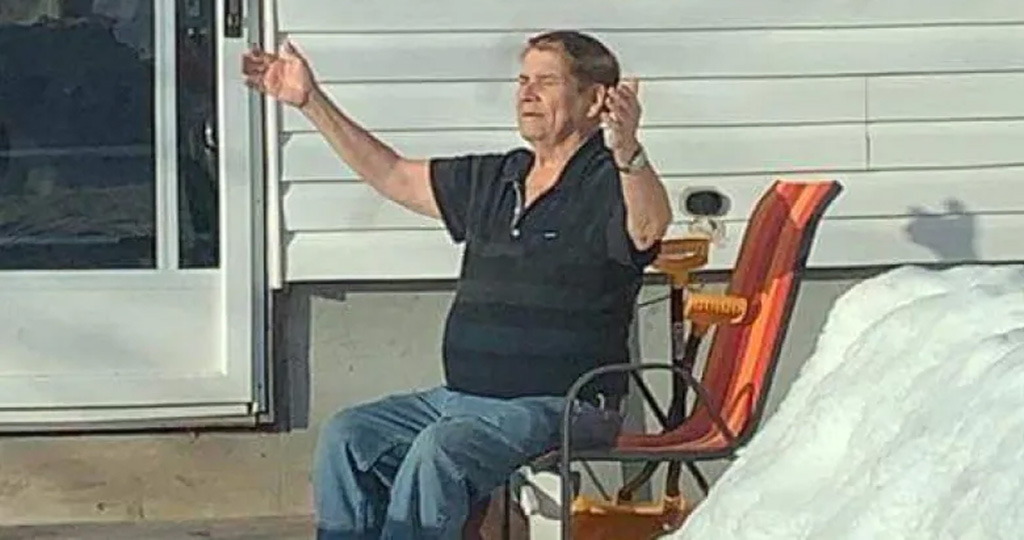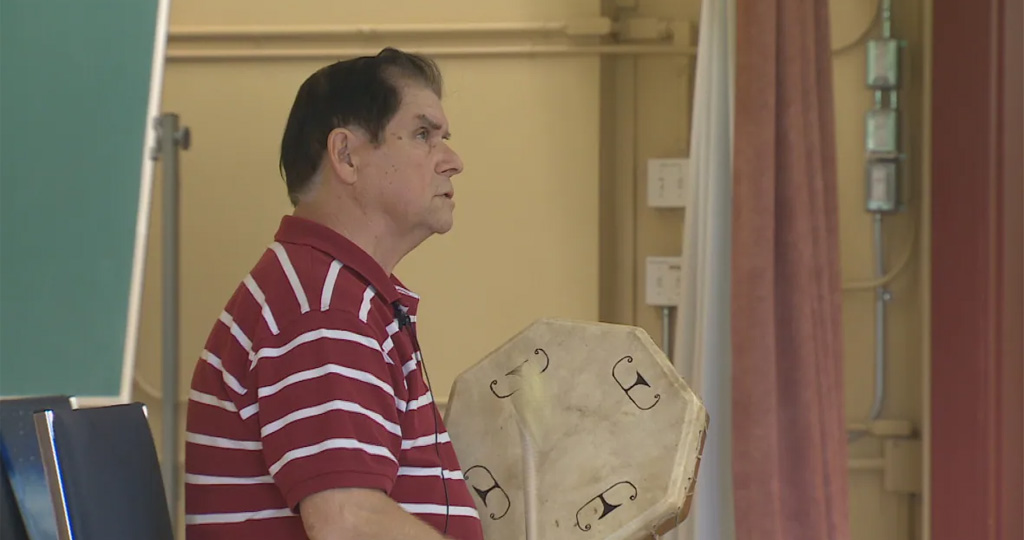Materials required: logbook
From the list below, have each student select an Indigenous leader from the Maritimes and research what they may have done for Treaty Rights or land claims. Attach a photograph of the person where possible. Make a display of the biographical descriptions in the classroom.
Finally, have the class put them in chronological order and list their achievements by date.
- Senator Sandra Lovelace
- Daniel Paul
- Donald Marshall Jr.
- Chief Patricia Bernard
- Lieutenant Governor Graydon Nicholas
- Stephen Augustine
- Grand Chief Gabriel Sylliboy
- Senator James Sinclair
- Pamela Palmater
- Chief Hugh Akagi
- Marie Battiste
- Naiomi Metallic
- Peter Lewis Paul
- Grand Council Captain Alexander Denny
- Fred Metallic
- Chief Joanna Bernard
- Roger Simon
- Grand Chief Oliver Joseph Polchies
- Elder Gilbert Sewell (presented here as an example)
Pabineau First Nation Elder Gilbert Sewell dies at 81 (Hadeel Ibrahim, CBC)

(Submitted by Phyllis Grant)
Gilbert Sewell was known for his dedication to sharing Mi’kmaw culture and language.
Sewell, from Pabineau First Nation, was a storyteller, woodcarver, guide, and oral historian. He taught courses designed to teach young Mi’kmaq their native language.
Throughout his life, Sewell received recognition for his commitment to sharing and teaching others about his Mi’kmaw heritage. He was named a recipient of the New Brunswick Human Rights Award, the Canadian Merit Award and the Queen’s Jubilee Medal from the Province of New Brunswick.

Graydon Nicholas, New Brunswick’s former lieutenant governor, from Tobique First Nation (Neqotkuk), said he had a phone conversation with Sewell Thursday night. He said he’s known Sewell since the ’70s. They worked together when Sewell was a representative for the Pabineau First Nation, before the first nation had a chief and council. “People would come and talk to him and then he would have a full representation of the needs of the community. That’s what I admired about him from the very beginning,” Nicholas said.
Sewell’s sense of humour was also valued, Nicholas said. “Sometimes discussions in indigenous politics can be very, very serious,” he said. “He had that ability to, I guess, say, ‘OK, let’s have something funny here to loosen up the seriousness of the situation.’ And we would all laugh, break into a little bit of a break and come back and have another discussion.”
Sewell presented his work to dignitaries, including Pope John Paul II, Prince Charles, Lady Diana, and the Consul of France, and was featured on the Discovery Channel, APTN and CBC television. He wrote columns about Mi’kmaw culture for the Northern Light in Bathurst and the Miramichi Leader, and hosted a series of vignettes for Rogers television.
He also served as an expert witness in many Indigenous rights court cases, offering his knowledge of the Mi’kmaq. Sewell was committed to environmental preservation, and worked to evaluate traditional lands, including Youghall Beach in Bathurst and the Skull Island excavation project in Shediac Bay.
More recently, he worked with schools in the Bathurst area to organize Mi’kmaw cultural events and activities in both English and French for students from primary to Grade 12. He also served as liaison between the school district and the Pabineau First Nation community. Nicholas said Sewell’s teachings have helped preserve Mi’kmaq language for generations to come.
“His knowledge is going to live on,” Nicholas said.
Writing a Biographical Sketch
Here are a few tips to help you compile and organize all the information that is needed.
- Get basic information about the person — These are details such as the person’s full name, date and place of birth, and family background.
- List achievements and influences — Mention the subject’s personal achievements. What efforts did he or she make to have Treaty Rights recognized? How did this affect his or her life? You can also mention things that influenced them (people, events, etc.).
- Arrange the information — Once you have gathered all the necessary information, it is important to work out the format in which you will present it. For a biographical sketch, you may want to present the information in chronological order, so that the reader traces the subject’s life from beginning to present.
- Verify information — Before presenting a biographical sketch on an individual, it is very important to make sure all your information is accurate. If you obtain information about your person from other sources, make sure to verify that what you have written is true.




